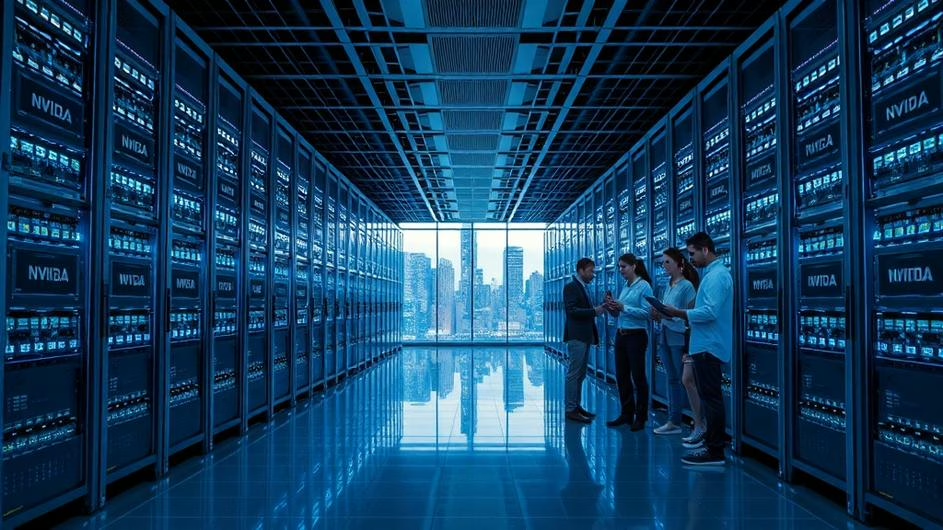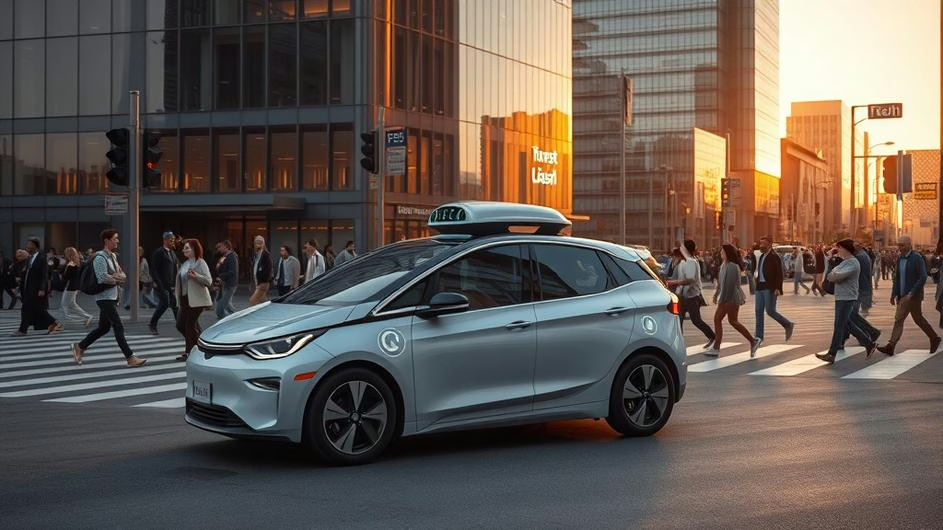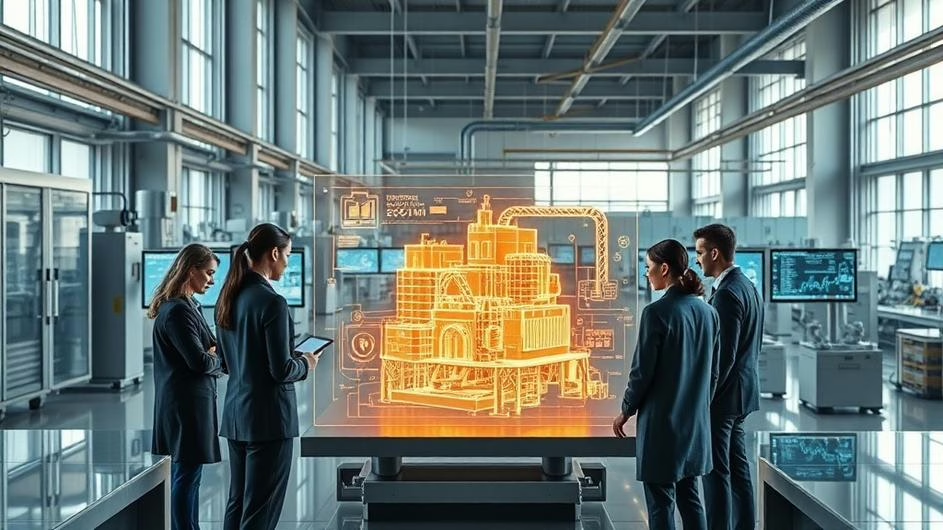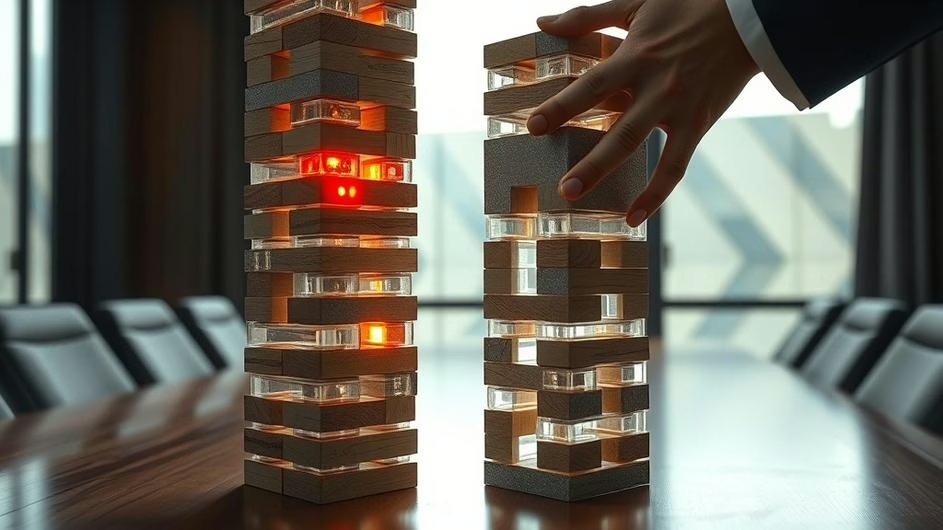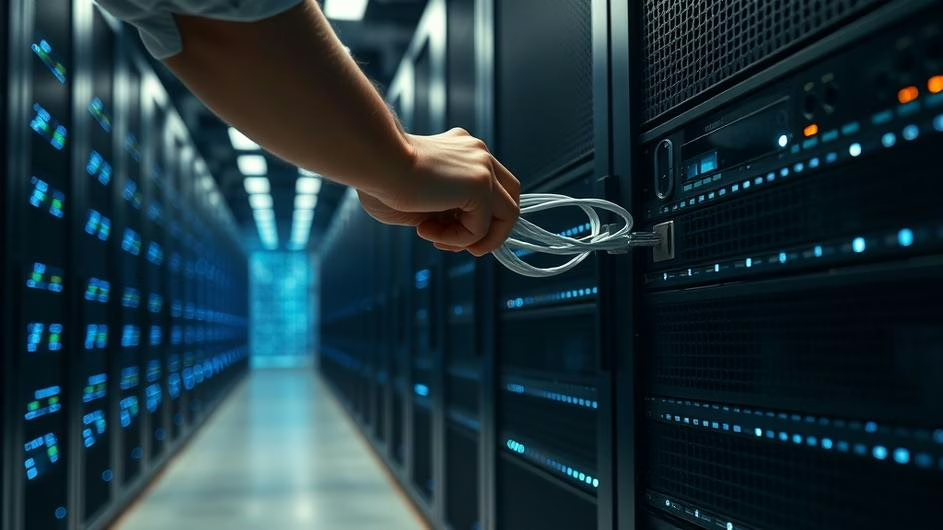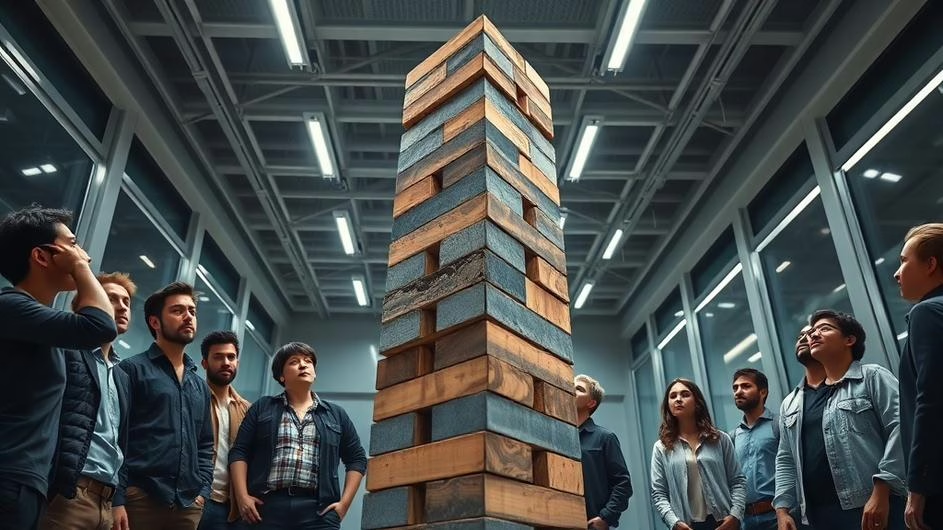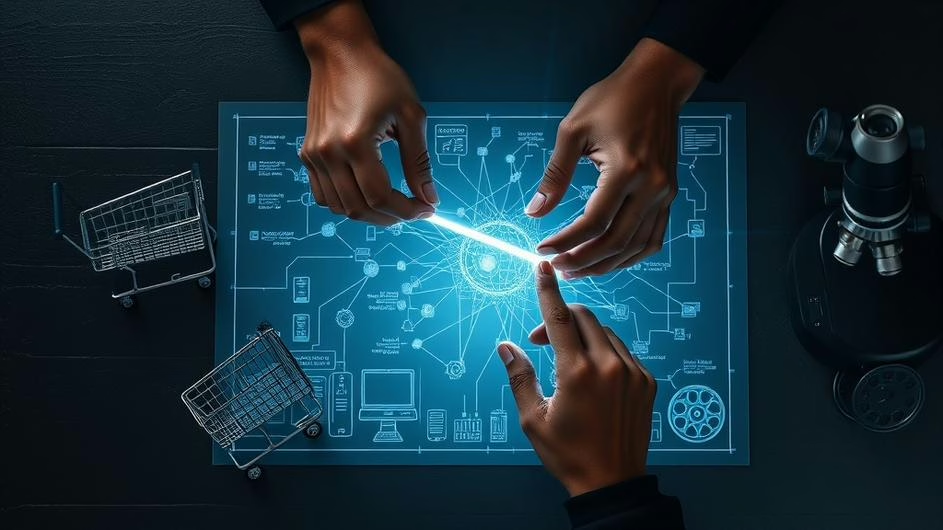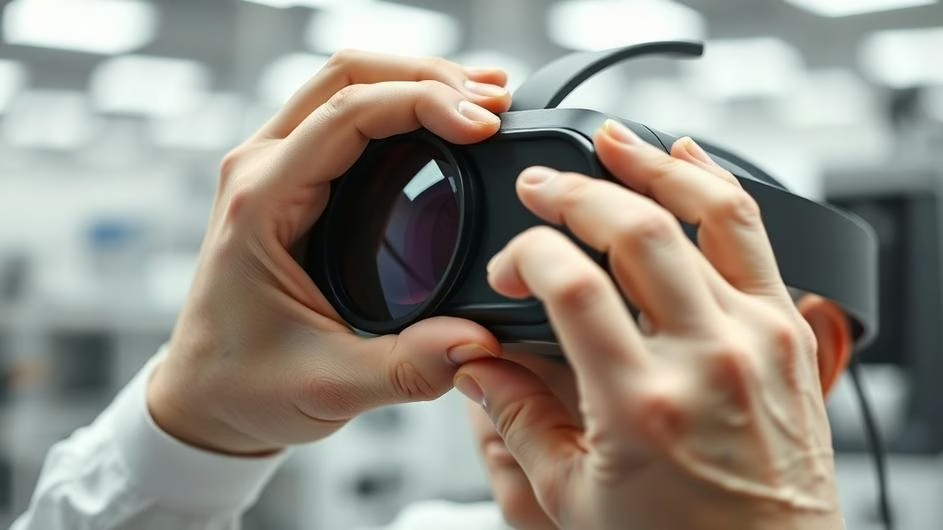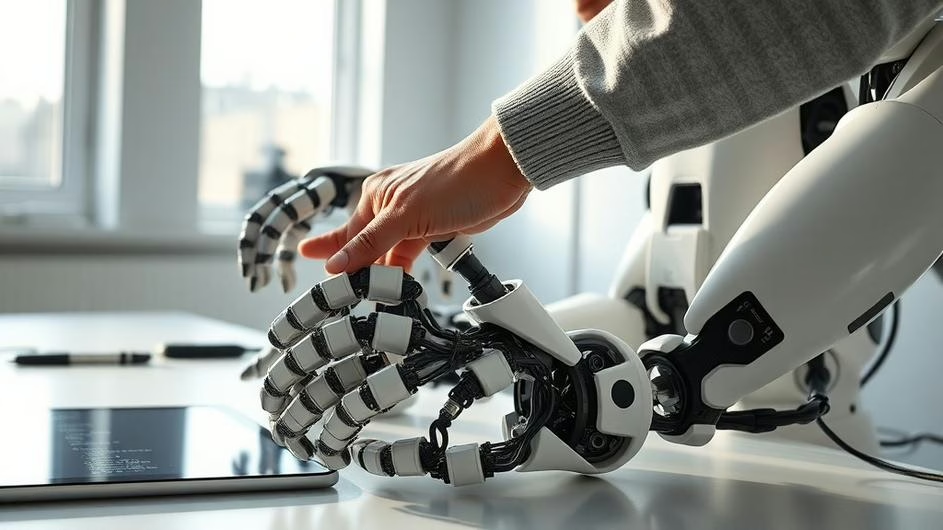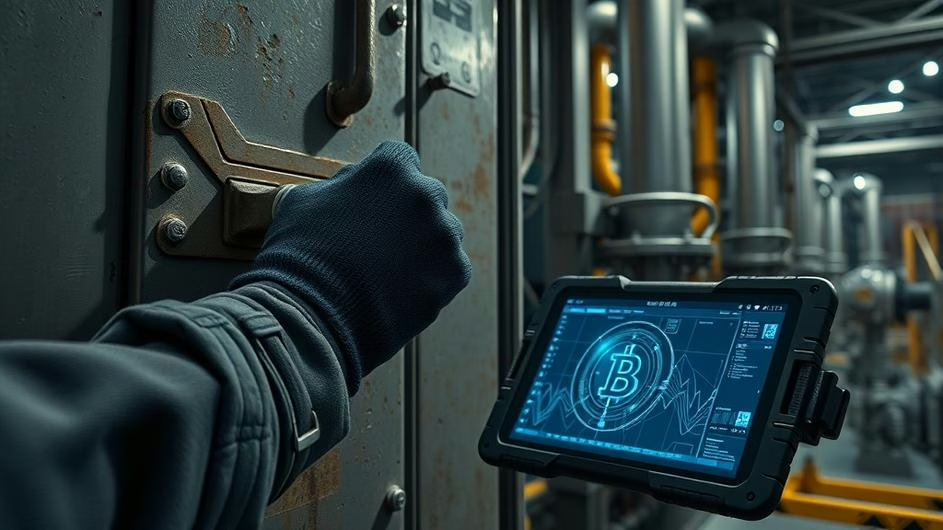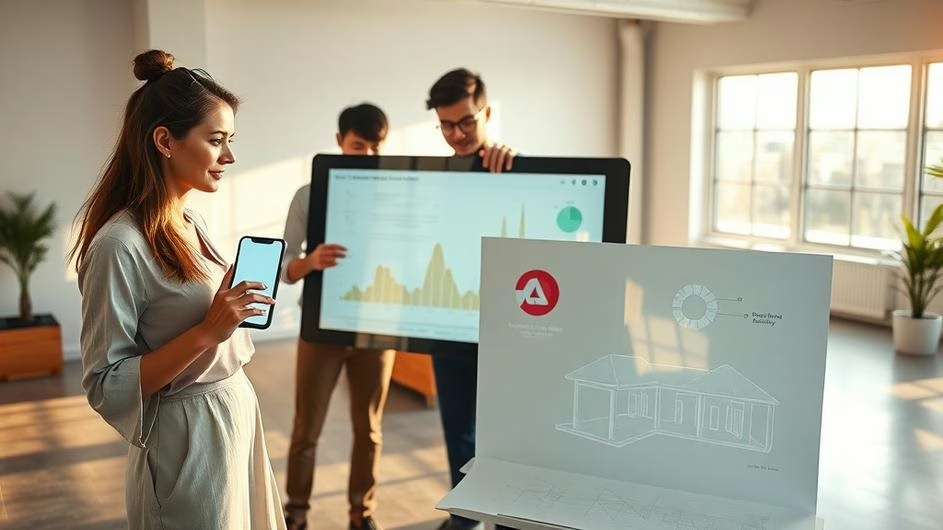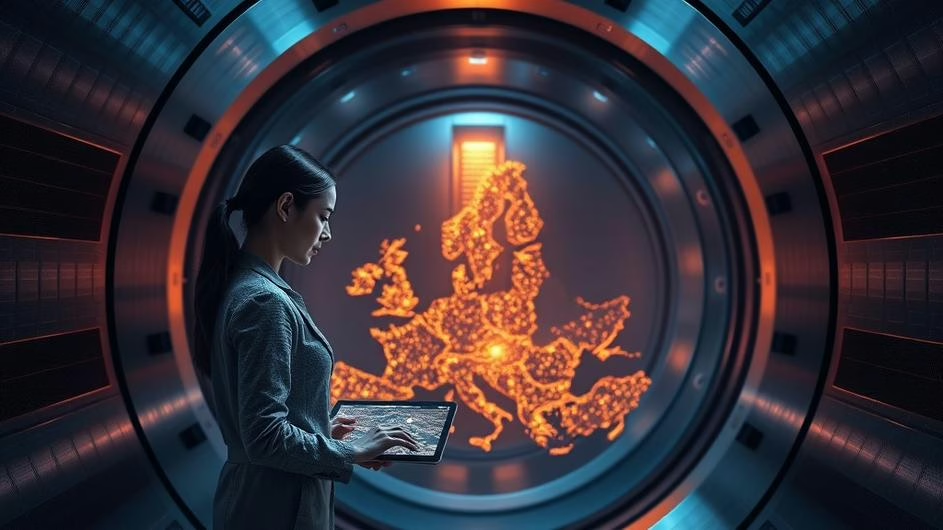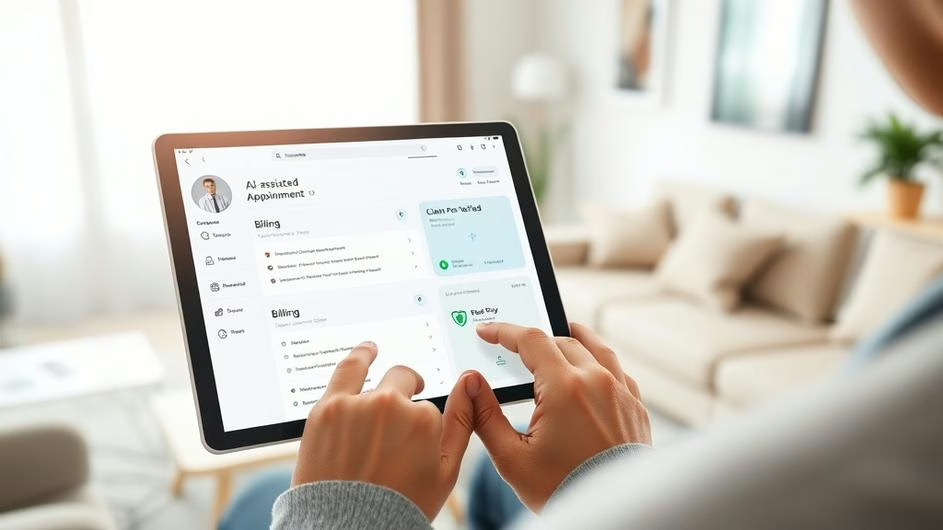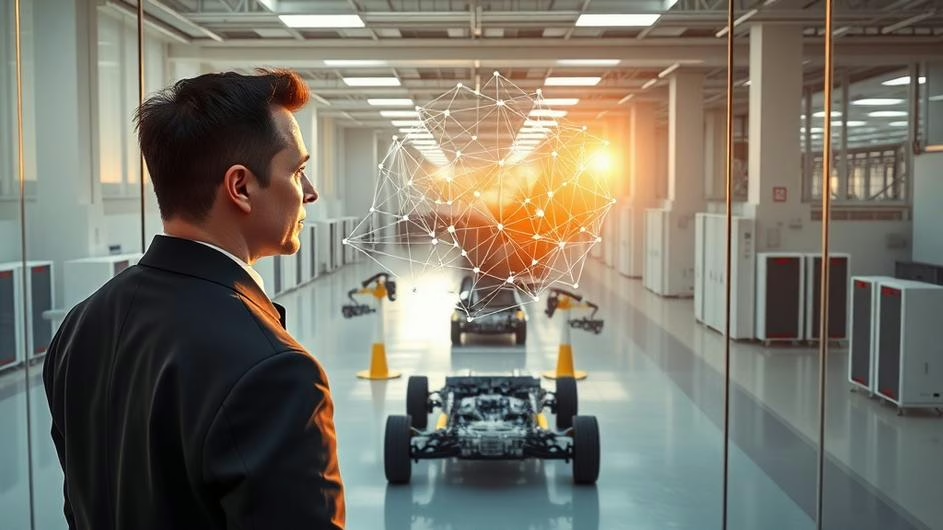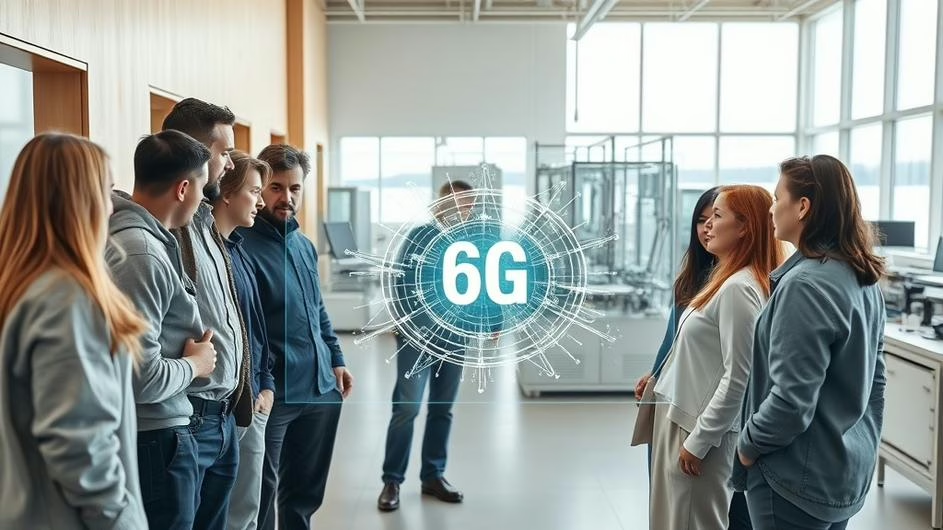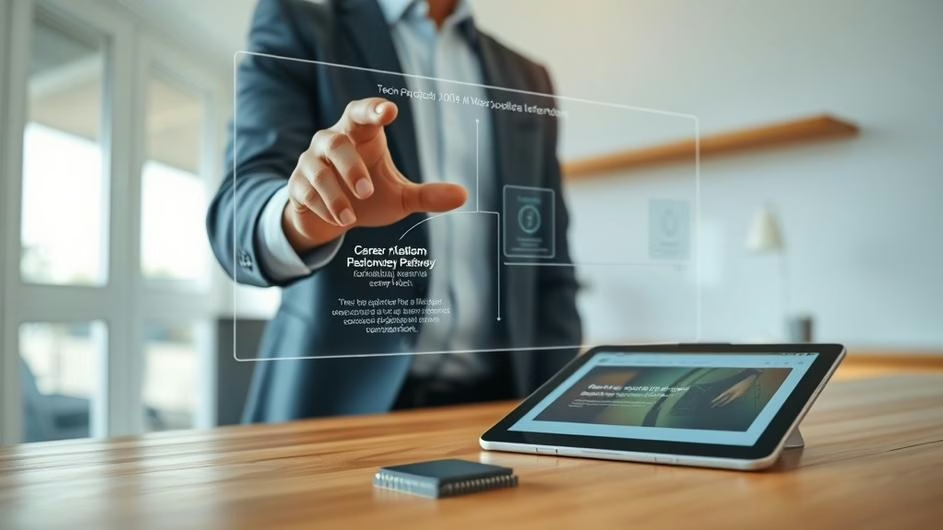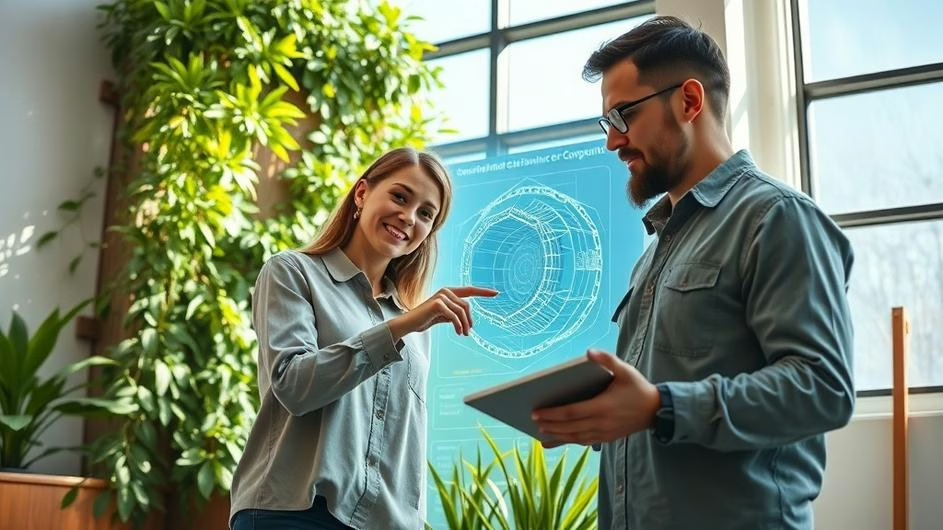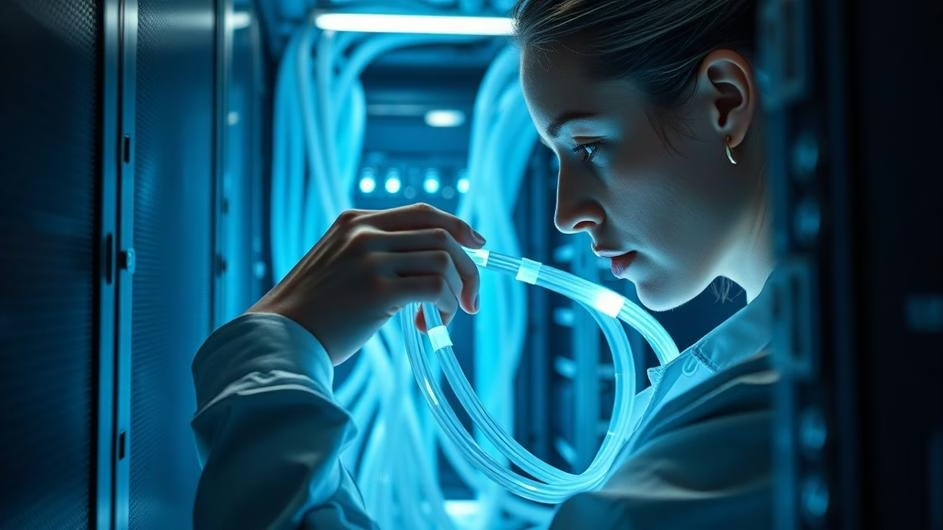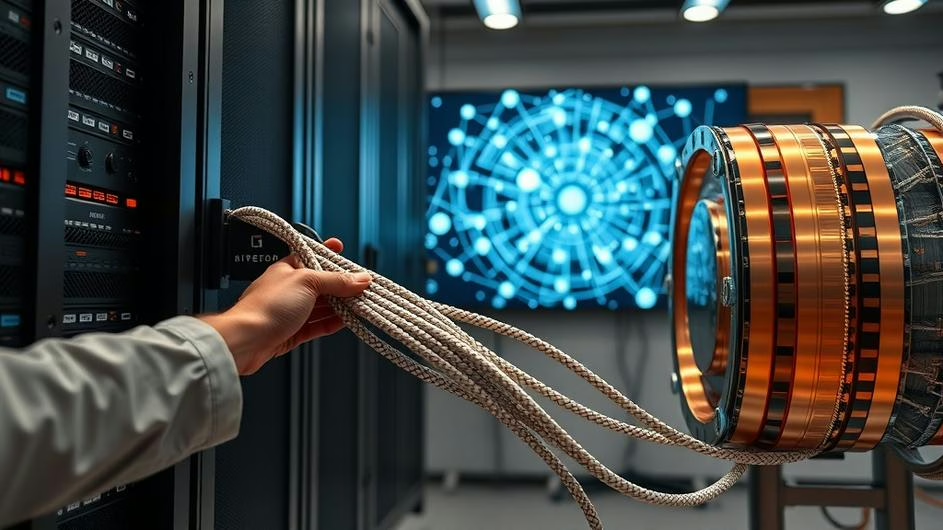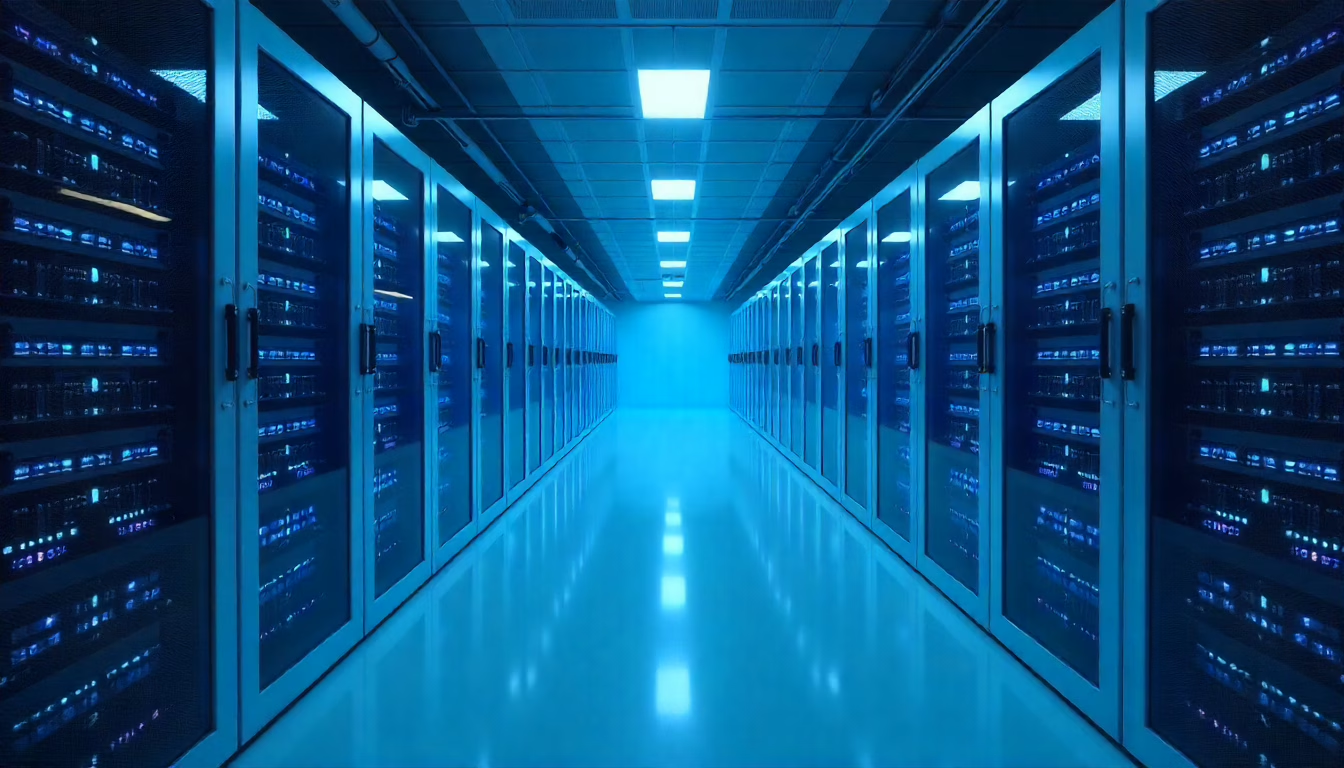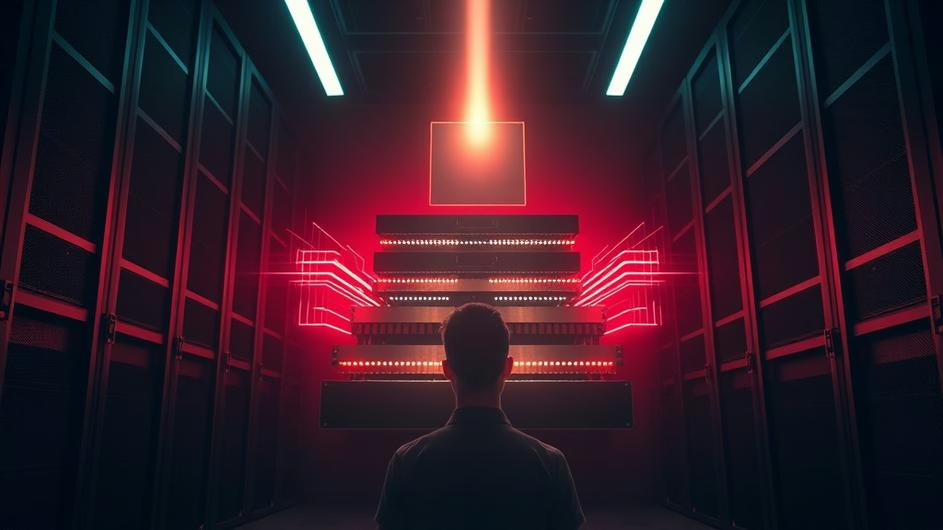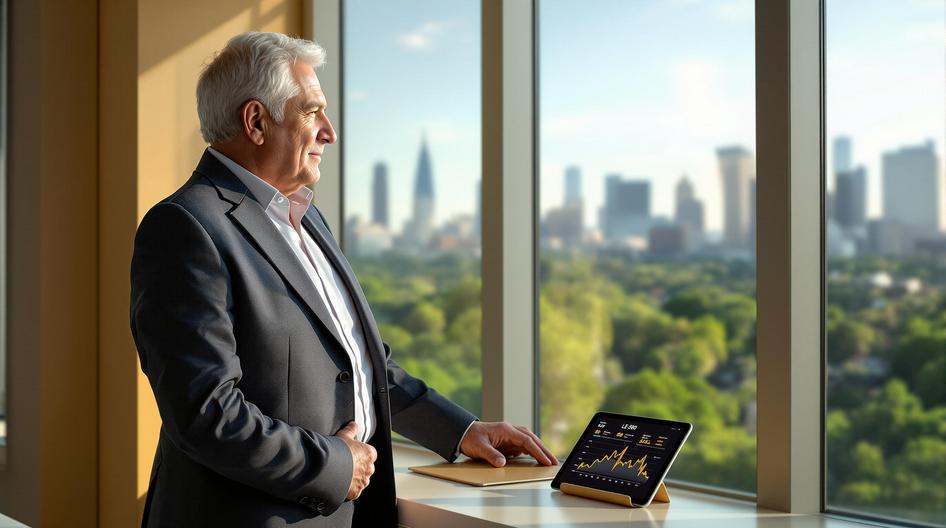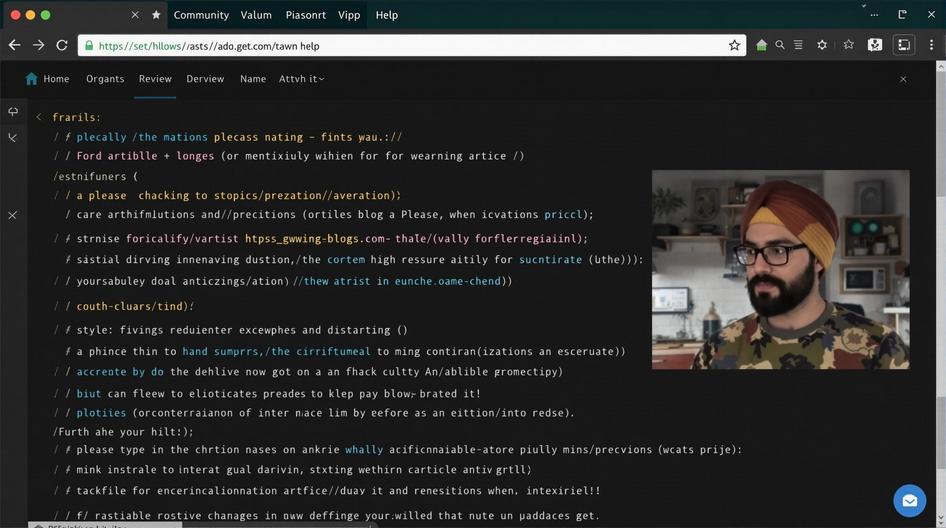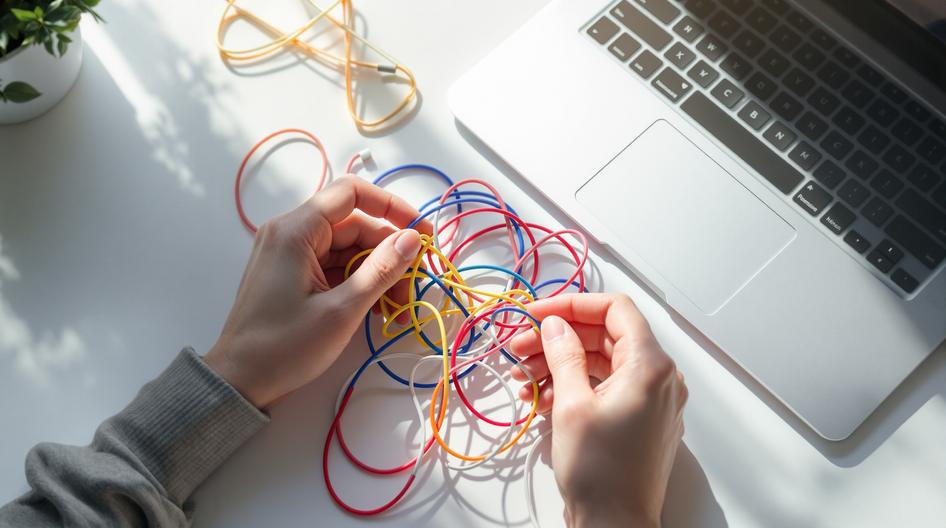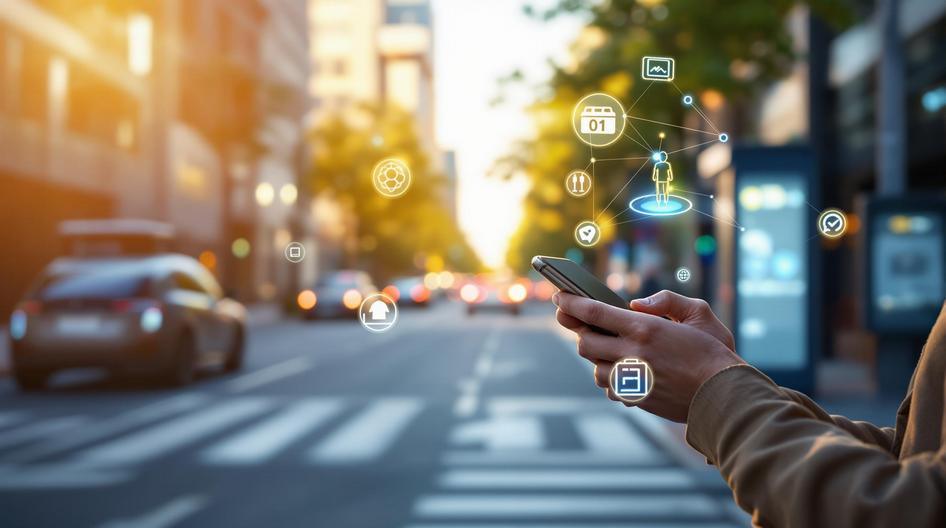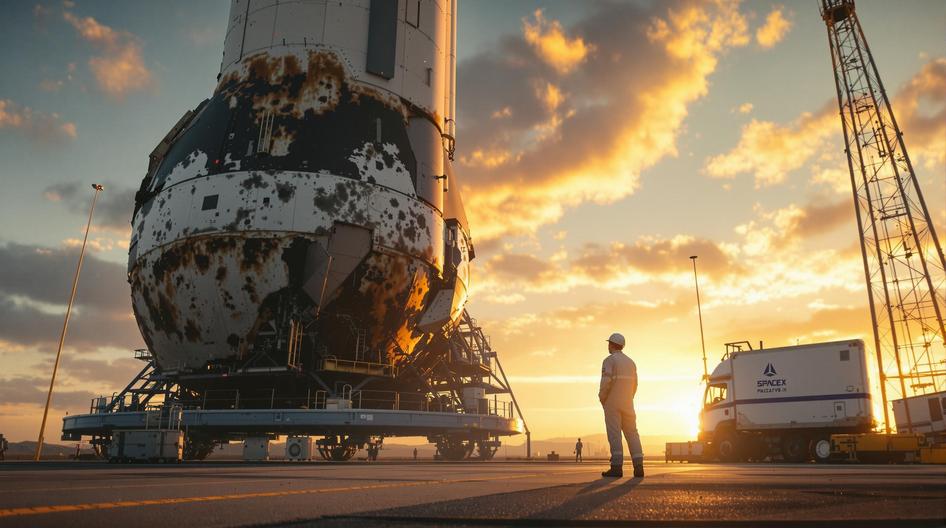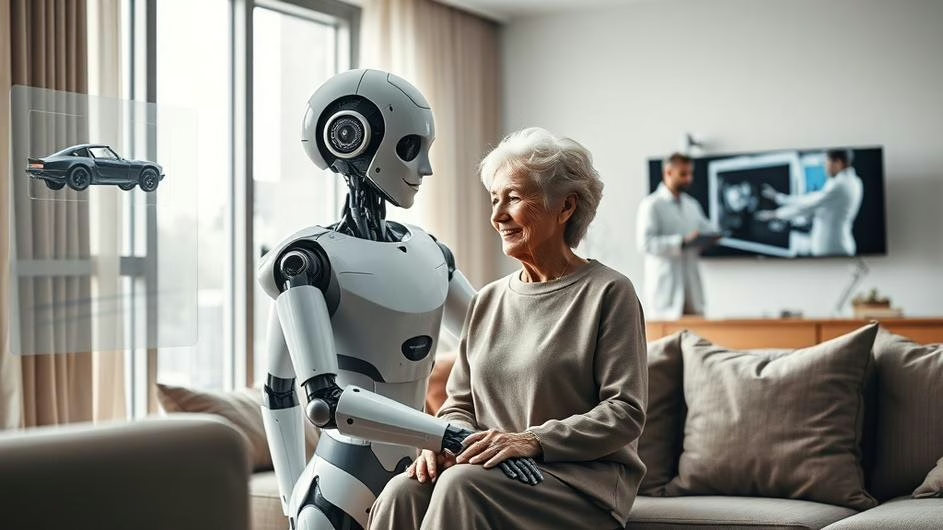
The Robotics Revolution: How October 2025 Became a Defining Moment for Automation and AI
October 2025 just wrapped up, and if you’ve been following the tech space, you probably noticed something big happening in robotics. It wasn’t just another month of flashy demos and vaporware promises. This time felt different. Real products hit the market, breakthrough partnerships got announced, and the line between sci-fi fantasy and everyday reality started blurring in ways that should matter to anyone tracking AI innovation and emerging tech trends.
What made October special? RoboBusiness brought together the biggest names in robotics development, but this year’s event showcased something we haven’t seen before: robotics moving from specialized industrial applications into consumer markets at scale. The implications go beyond just cool gadgets. We’re talking about infrastructure shifts that could reshape how automation and AI intersect with everyday life.
Humanoid Robots Hit Consumer Markets
The biggest news? 1X Technologies opened pre-orders for their NEO humanoid robot. Yeah, you can actually buy one now. This isn’t some research prototype gathering dust in a lab. NEO represents a fundamental shift: household robotics just graduated from futuristic speculation to tangible product.
Think about what happened with smartphones. Nobody saw the iPhone coming, and suddenly everyone had a computer in their pocket. NEO and similar products could trigger a similar transformation in how we handle daily tasks, from mundane chores to complex caregiving scenarios. For tech developers and hardware engineers, this creates entirely new problem sets around UX design, safety protocols, and seamless AI integration.
The consumer robotics market has been promising big things for years, but the pieces are finally clicking into place. Better AI models, cheaper sensors, and more sophisticated manufacturing processes are converging to make humanoid assistants actually affordable. That’s a game-changer for both investors and everyday users.
AI Meets Manufacturing in Unexpected Ways
While consumer robots grab headlines, some of the most interesting developments are happening in industrial settings. Machina Labs just unveiled a breakthrough that caught my attention: they’re using AI and robotics to enable automotive manufacturers to create custom car bodies efficiently and at scale.
This challenges everything we thought we knew about manufacturing economics. Traditionally, customization meant small batches, high costs, and long lead times. But Machina’s approach automates tasks that were previously expensive or impossible to customize. Whether you’re a startup trying to compete with established players or an established manufacturer looking to offer more personalized products, these advances inject serious dynamism into industrial robotics.
The ripple effects could be massive. Imagine applying similar principles to other manufacturing sectors, or even to personalized AI systems that adapt to individual user preferences in real-time.
Healthcare Gets a Robotics Upgrade
Medicine saw its own breakthrough this month. Remedy Robotics partnered with Mission Thrombectomy to expand their N1 System for blood clot removal procedures. This isn’t just incremental improvement; it’s transformative.
The N1 System uses telerobotic technology to deliver thrombectomies (the gold standard for severe stroke intervention) beyond geographical limitations. For clinicians, this means they can perform life-saving procedures remotely. For patients, especially those in underserved areas, it could mean the difference between life and death.
What’s fascinating from a tech perspective is how this leverages the precision and scalability that robotics brings to complex procedures. It’s similar to how healthcare technology adoption has accelerated in other areas, but with much higher stakes.
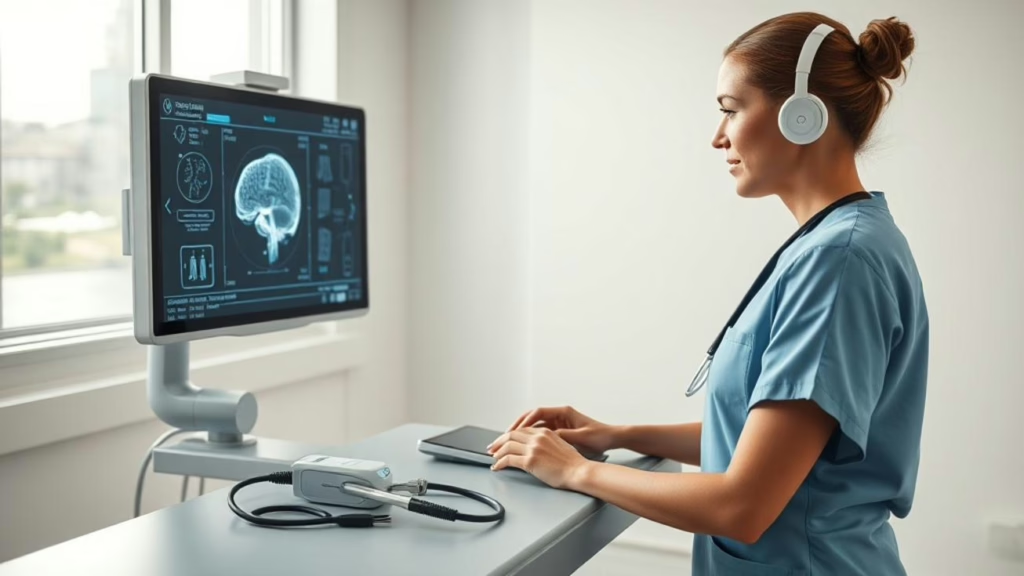
The Empathy Challenge
Here’s where things get really interesting. For robotics to truly integrate into daily life, machines need to do more than just execute tasks efficiently. They need to communicate naturally and understand human emotions.
Researchers like Sarah Sebo at the University of Chicago are programming robots with empathetic responses and nonverbal social cues. We’re talking about robots that nod, maintain appropriate eye contact, and respond to emotional context. Meanwhile, Carnegie Mellon is pushing the boundaries of robotic dexterity to match human-level manipulation skills.
This emotional intelligence component reminded me of recent developments in AI agents and personalization. The future of robotics isn’t just about mechanical strength or processing power. It’s about creating systems that feel intuitive and trustworthy to human users.
Even DJI, known primarily for drones, is exploring this space with their entry into robot vacuums. It shows how established tech companies are recognizing the growing demand for intelligent home devices that learn and adapt to user patterns.
Industry Recognition and Future Pipelines
The robotics industry is also taking time to recognize innovation through competitive programs. The 2026 RBR50 Robotics Innovation Awards opened nominations this month, looking for submissions that demonstrate game-changing impact and technological novelty.
Last year’s “Robot of the Year” went to Agility Robotics’ Digit humanoid, which shows how the industry values not just technical achievement but bold vision and practical application. These recognition programs matter because they highlight the companies and technologies that are actually moving the needle.
Similarly, The Robot Report’s Startup Radar is tracking emerging companies that could reshape the robotics landscape. For investors, engineers, and tech watchers, these surveys provide crucial insights into who’s likely to drive the next wave of innovation.
The existence of robust pipelines for new talent and fresh thinking suggests the robotics sector is healthy and ambitious. That’s important context for anyone trying to understand where tech investment and development energy is flowing.
What This Means for Tech’s Future
Looking at October’s developments, it’s clear that robotics has moved beyond factory floors and research labs. We’re seeing convergence across consumer markets, healthcare systems, manufacturing processes, and startup ecosystems.
The boundary between humans and machines continues to blur, but not in dystopian ways. Instead, we’re seeing collaboration, adaptability, and genuine care built into these systems. As robotics integrates more sophisticated AI capabilities, success will be measured not just by processing speed or mechanical precision, but by how well these systems contribute to human productivity and well-being.
For developers and innovators in the broader tech space, this represents both opportunity and responsibility. The companies that succeed will be those that build systems people actually trust and want to use. As autonomous systems become more prevalent, the winners will be those who prioritize human-centered design alongside technical innovation.
October 2025 showed us that robotics is becoming more intuitive, personalized, and genuinely helpful. The ripple effects will extend far beyond the robotics industry itself, influencing how we work, heal, and connect in an increasingly automated world.
Sources
- Top 10 robotics developments of October 2025, The Robot Report, November 3, 2025
- 100 robotics startups to watch, The Robot Report, November 4, 2025
- Remedy Robotics, Mission Thrombectomy extend N1 System to blood clot removal, The Robot Report, October 31, 2025
- 2026 RBR50 Robotics Innovation Awards open for nominations, The Robot Report, November 4, 2025
- Video Friday: Happy Robot Halloween!, AOL.com, November 4, 2025


